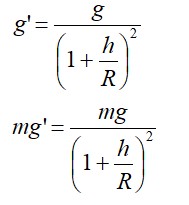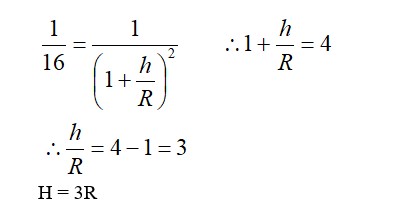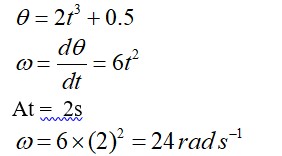Both earth and moon are subject to the gravitational force of the sun. As observed from the sun, the orbit of the moon
(a) Will be elliptical.
(b) Will not be strictly elliptical because the total gravitational force on it is not central.
(c) Is not elliptical but will necessarily be a closed curve.
(d) Deviates considerably from being elliptical due to influence of planets other than earth.
Both earth and moon are subject to the gravitational force of the sun. As observed from the sun, the orbit of the moon
(a) Will be elliptical.
(b) Will not be strictly elliptical because the total gravitational force on it is not central.
(c) Is not elliptical but will necessarily be a closed curve.
(d) Deviates considerably from being elliptical due to influence of planets other than earth.
-
1 Answer
-
This is a Multiple Choice Questions as classified in NCERT Exemplar
Answer-b
Explanation- as observed from the sun two types of forces are acting on the moon one is due to gravitational attraction between the sun and the moon and the other is due to gravitational attraction between the earth and the moon hence total force is not normal.
Similar Questions for you
->R3 = (R + x)2 (R – x)
->R3 = (R2– x2) (R + x)
->x2 + Rx – R2 = 0
Stress
R is not correct.
Taking an Exam? Selecting a College?
Get authentic answers from experts, students and alumni that you won't find anywhere else
Sign Up on ShikshaOn Shiksha, get access to
- 66k Colleges
- 1.2k Exams
- 680k Reviews
- 1800k Answers




